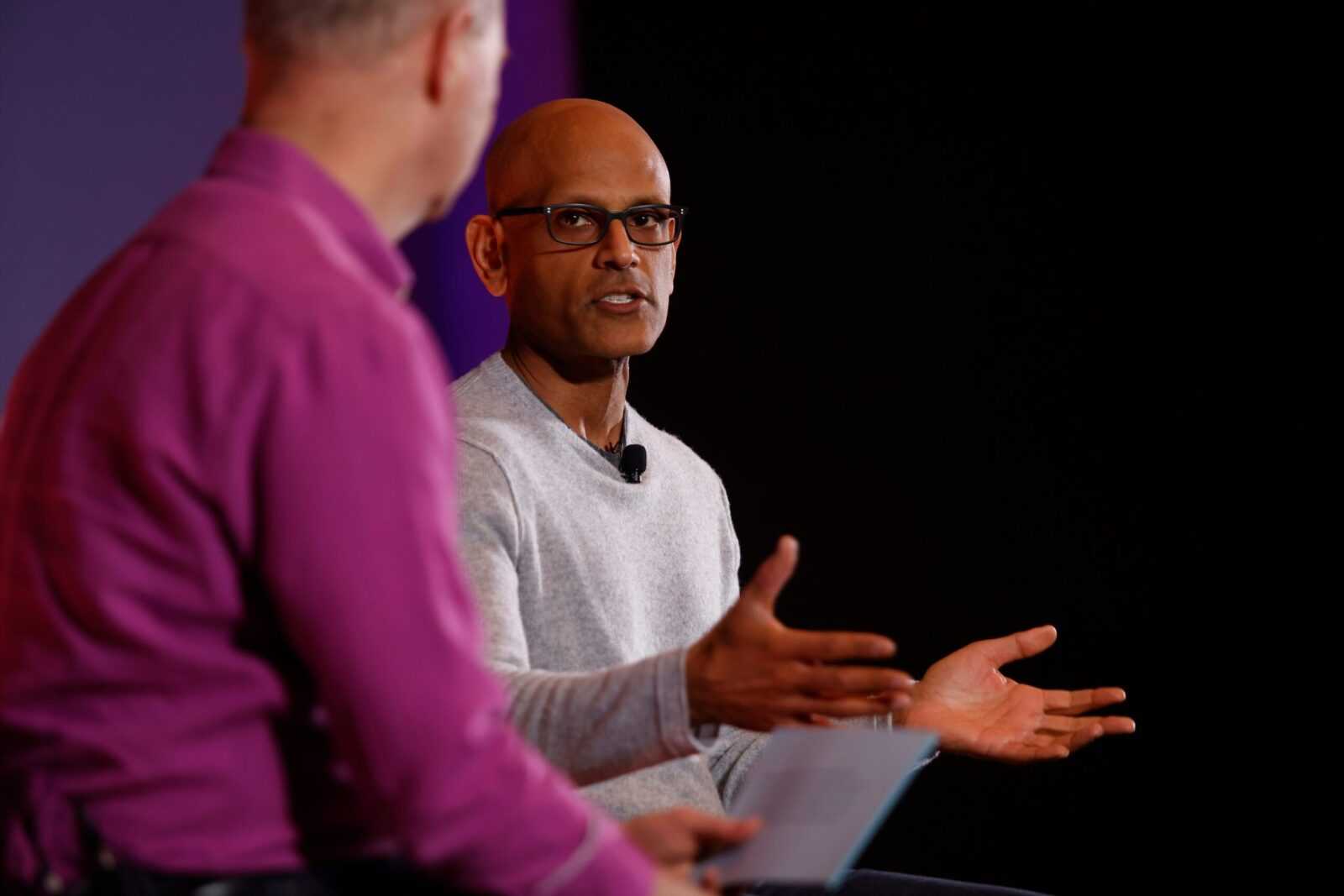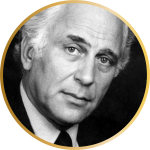Exploring AI Leadership Donations: Insights from Microsofts New Executive Transition

Introduction
Microsoft’s recent decision to place an ex-Facebook executive in charge of its newly formed AI division has generated considerable interest within the tech community. This move signifies a strategic pivot towards greater investment in artificial intelligence, suggesting that ai leadership donations could play a crucial role in this endeavor. The appointment underscores the importance of adept leadership transitions, especially in tech companies where innovation is essential for maintaining a competitive edge.
Leadership Dynamics
Background of the New AI Leader
The new leader of Microsoft’s AI unit brings a wealth of experience from Facebook, where they significantly contributed to various initiatives before taking the helm at Microsoft. Their tenure at prominent tech firms has equipped them with a robust understanding of both technological advancements and corporate strategy. This breadth of experience is expected to foster a culture of innovation within the AI unit, as they leverage proven methodologies and insights gained from their previous roles.
Vision and Strategy for AI Development
The executive’s vision for AI development at Microsoft focuses on integrating advanced AI solutions across a variety of products and services. They aim to enhance productivity and improve user experiences by harnessing machine learning and data analytics. The comprehensive strategy includes plans to foster collaborations with partners and to attract top-tier talent, which can be bolstered through strategic ai leadership donations, ensuring that the unit remains at the forefront of technology.
Internal Memos and Insights
Key Takeaways from Internal Communications
Internal memos have shed light on the direction that this new AI unit is expected to take under the leadership of the former Facebook exec. Key points emphasized innovation, a commitment to ethical AI practices, and the importance of transparency in AI development processes. These communications also highlighted the need for agile methodologies to respond swiftly to technological changes and market demands.
Reactions from Microsoft Employees
The transition in leadership has elicited varied responses from Microsoft employees. Some express optimism regarding the new appointee’s track record and vision for the future of AI at Microsoft. Others, however, voice concerns about the changes coming to established workflows and the potential implications for job roles. Overall, the sentiment reflects a mix of hope and caution as the AI unit begins its journey under new leadership.
The Role of AI Leadership Donations
Funding and Financial Strategies
Financial backing, particularly through ai leadership donations, is crucial for the AI unit’s success. These donations can enhance the capacity for research and development, enabling the team to innovate without the immediate pressure of short-term profitability. Additionally, they can facilitate partnerships with universities and research institutions, paving the way for breakthroughs in AI technology.
Future Implications for AI Development
The long-term effects of leadership donations on the AI unit are expected to be substantial. As the unit gains financial stability, it can explore ambitious projects that may otherwise seem unattainable. This could lead to significant advancements in AI applications, benefiting Microsoft’s overall business strategy and enhancing its position within the competitive landscape.
Conclusion
In summary, Microsoft’s decision to place a former Facebook executive at the helm of its new AI unit represents a strategic initiative to advance its technological capabilities. The insights drawn from internal communications highlight a clear path forward, yet also reveal employee apprehensions about the transition. With a strong emphasis on collaboration and strategic funding through ai leadership donations, Microsoft appears poised to make substantial strides in the AI domain. As the company looks to the future, it balances the expectations of its workforce with the potential for groundbreaking innovations that could redefine its offerings in the tech world.







